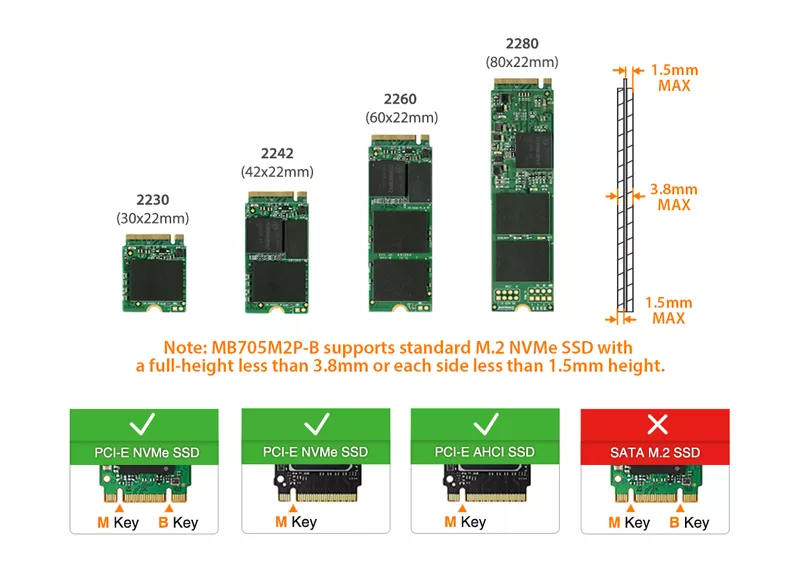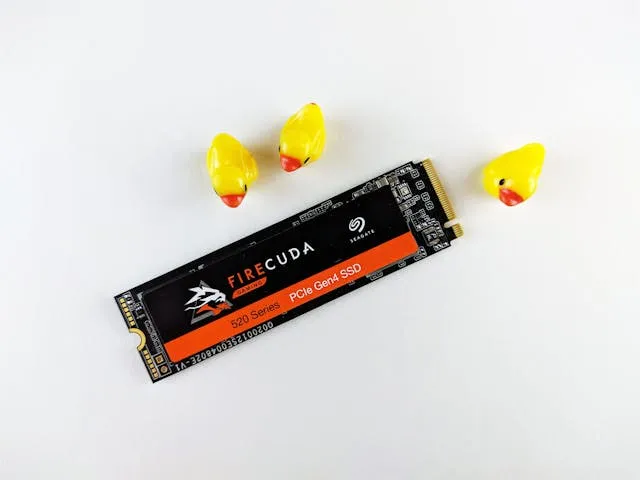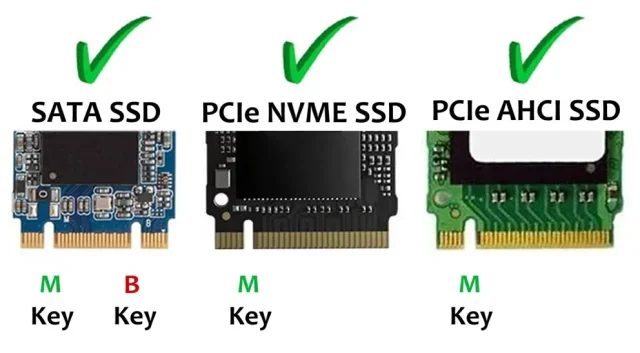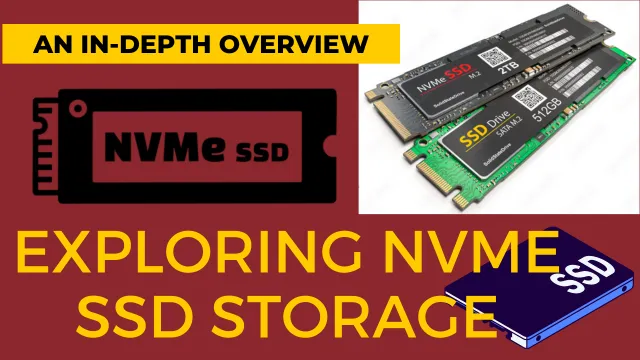Exploring NVMe SSD Storage: An In-Depth Overview
In the world of computer hardware, storage technologies have seen remarkable advancements over the years. One such innovation that has gained widespread attention and adoption is NVMe SSD storage. NVMe, which stands for Non-Volatile Memory Express, represents a significant leap forward in storage performance, offering faster speeds and improved efficiency compared to traditional storage solutions like HDDs (Hard Disk Drives) and even older generations of SSDs (Solid State Drives). In this article, we will be Exploring NVMe SSD Storage, benefits, applications, and future prospects.
Understanding NVMe Technology
NVMe SSDs are built on the NVMe protocol, which is designed specifically for accessing storage devices over the PCI Express (PCIe) bus. This protocol capitalizes on the high-speed capabilities of PCIe, enabling NVMe SSDs to deliver exceptional read and write speeds, low latency, and increased I/O (Input/Output) operations per second (IOPS). Unlike traditional SATA-based SSDs, which are limited by the SATA interface’s bandwidth, NVMe SSDs can harness the full potential of PCIe lanes, resulting in significantly faster data transfer rates.

One of the key features of NVMe SSDs is their ability to handle multiple queues and commands simultaneously, thanks to the parallelism offered by the NVMe protocol. This parallel processing capability allows NVMe SSDs to efficiently manage heavy workloads and demanding applications, making them ideal for tasks that require high performance and responsiveness, such as gaming, content creation, data analytics, and virtualization.
Benefits of NVMe SSD Storage

The adoption of NVMe SSD storage brings several notable benefits to users and organizations:
Blazing Fast Speeds
NVMe SSDs can achieve sequential read and write speeds that far exceed those of traditional HDDs and SATA SSDs. With read speeds reaching several gigabytes per second (GB/s) and write speeds matching or even surpassing those figures, NVMe SSDs significantly reduce data transfer times and improve overall system responsiveness.
Low Latency
The low latency of NVMe SSDs ensures minimal delays in data access, resulting in faster application loading times, quicker file transfers, and smoother multitasking experiences. This reduced latency is particularly advantageous in environments where real-time processing and low response times are critical, such as gaming and financial trading.
Enhanced Performance
The high IOPS capability of NVMe SSDs enables them to handle intensive workloads with ease, delivering consistent performance under heavy usage scenarios. This makes NVMe SSDs well-suited for applications that require rapid data access, such as database servers, high-performance computing (HPC) clusters, and enterprise storage systems.
Improved Power Efficiency
Despite their superior performance, NVMe SSDs consume less power compared to traditional HDDs, making them more energy-efficient and environmentally friendly. This reduced power consumption not only lowers operational costs but also contributes to longer battery life in laptops and mobile devices equipped with NVMe SSDs.
Compact Form Factor
NVMe SSDs are available in small form factors, such as M.2 drives, which are ideal for space-constrained systems like ultrabooks, mini PCs, and compact desktop builds. Their compact size and absence of moving parts make NVMe SSDs resilient to shocks, vibrations, and mechanical failures, enhancing reliability and durability.
Applications of NVMe SSD Storage

The exceptional performance and efficiency of NVMe SSD storage have made it a preferred choice across various industries and use cases:
Gaming
In the gaming world, where fast loading times, smooth gameplay, and quick level transitions are crucial, NVMe SSDs have become a game-changer. They significantly reduce game loading times, minimize texture pop-ins, and provide a seamless gaming experience with minimal stuttering or lag.
Content Creation
Professionals working in video editing, 3D rendering, graphic design, and other creative fields benefit greatly from NVMe SSDs’ high-speed data access. Tasks such as video rendering, photo editing, and multimedia production are accelerated, allowing creators to work more efficiently and meet tight deadlines.
Enterprise Storage
Enterprises leverage NVMe SSDs in data centers and server environments to boost storage performance, enhance virtualization capabilities, and support mission-critical applications. The increased IOPS and reduced latency of NVMe SSDs improve overall system throughput and responsiveness, leading to higher productivity and better user experiences.
Cloud Computing
Cloud service providers integrate NVMe SSDs into their infrastructure to deliver faster storage services and improve cloud performance for clients. NVMe-based cloud storage solutions offer rapid data access, low latency, and scalability, catering to the evolving needs of businesses and organizations relying on cloud computing resources.
Mobile Devices
Modern smartphones, tablets, and portable devices leverage NVMe SSDs to deliver snappy user experiences, quick app launches, and responsive multitasking. The combination of NVMe storage and efficient mobile processors enhances device performance while conserving battery life, enhancing the overall user satisfaction.
Future Prospects of NVMe SSD Storage
Looking ahead, NVMe SSD technology continues to evolve, with advancements in NAND flash memory, controller designs, and storage protocols further pushing the boundaries of performance and efficiency. Future developments may include:
Higher Capacities: NVMe SSDs with larger storage capacities to accommodate growing data requirements in consumer and enterprise environments.
Improved Endurance: Enhanced durability and longevity of NVMe SSDs through advanced wear-leveling algorithms and error correction mechanisms.
Multi-Level Cell (MLC) and Quad-Level Cell (QLC) NAND: Adoption of higher-density NAND flash technologies for increased storage densities and cost-effective solutions.
Optane Memory Integration: Integration of Intel Optane Memory technology with NVMe SSDs for ultra-low latency and high-speed caching solutions.
AI and Machine Learning: Utilization of NVMe SSDs in AI and machine learning applications for accelerated data processing and model training tasks.
Conclusion
In conclusion, NVMe SSD storage represents a significant advancement in storage technology, offering unparalleled speed, performance, and efficiency across a wide range of applications. As the demand for faster and more reliable storage solutions continues to grow, NVMe SSDs are poised to play a pivotal role in shaping the future of computing and data storage landscapes. Hope you like this article on Exploring NVMe SSD Storage. Please share this article with you near and dear ones and help them to buy the right storage device.
Suggested Reading:
What is Windows Security Button?
NVMe Storage vs. SSD: Unveiling the Future of Storage Technology
Complete Solid-State Drive (SSD) Guide
Difference Between MacBook Air and Pro
Windows Keyboard Shortcuts Cheat Sheet
iPhone Security Lockout Fix: Tips and Solutions
What Is a Good Processor Speed for a Laptop?
How to Factory Reset Windows 11 without Settings
How to Hide Apps on iPhone 13 | A Guide on Unlocking Privacy
How to FaceTime on Android to iPhone | Bridging the Gap
How to Enable Secure boot Windows 11 | Safeguarding Your System
Two-Step Verification: What It Is and Why You Should Use It?
How to Pair Apple Watch to New Phone?
How to open BIOS Windows 11 | A Step-by-Step Guide

